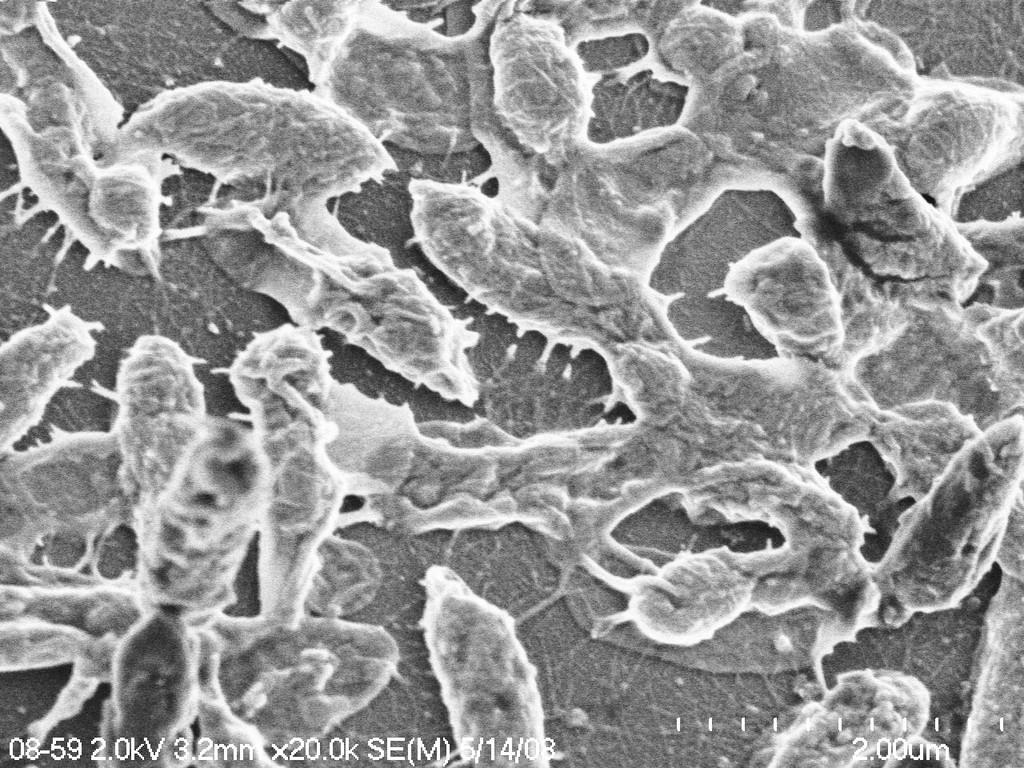
Researchers find answer to countering bio-weapons

Researchers at the University of Bern have claimed a breakthrough in finding effective treatments against bioterrorist weapons by discovering exactly how such toxins penetrate cell membranes and attack the cells.
Using the new generation of digital cameras for electron microscopes, molecular biologists tracked how the toxin aerolysin morphs itself during deadly attacks on cells. The findings could also form the basis of new drugs for Alzheimer’s and a range of other diseases.
Researchers discovered how aerolysin, which is produced by the flesh-eating Aeromonas hydrophila bacteria, latches onto cells then takes on a ‘bow and arrow’ shape to puncture the membrane before hooking on, entering the cell and destroying it.
The water-soluble toxin normally attacks the gut or open wounds, causing sepsis. The way it initially forms around the cell inhibits the cell’s ability to repair the damage being inflicted, the report states.
“Aerolysin can transform itself like a quick-change artist”, said Benoît Zuber, who led the research along with Alone Lacovache. “Understanding these changes should be very useful to design new and more potent drugs against diseases resulting from Aeromonas infection.”
This could include anti-toxin treatments for pathogenic bacteria used by terrorists as bio-weapons, the university added in a statementExternal link.
Mapping the way such bacteria and toxins attack cells has so far not been possible using even the most sophisticated technology, such as x-ray crystallography and nuclear magnetic resonance. It has only been brought to light using the most advanced digital cameras designed for electron microscopes.

In compliance with the JTI standards
More: SWI swissinfo.ch certified by the Journalism Trust Initiative





























You can find an overview of ongoing debates with our journalists here . Please join us!
If you want to start a conversation about a topic raised in this article or want to report factual errors, email us at english@swissinfo.ch.